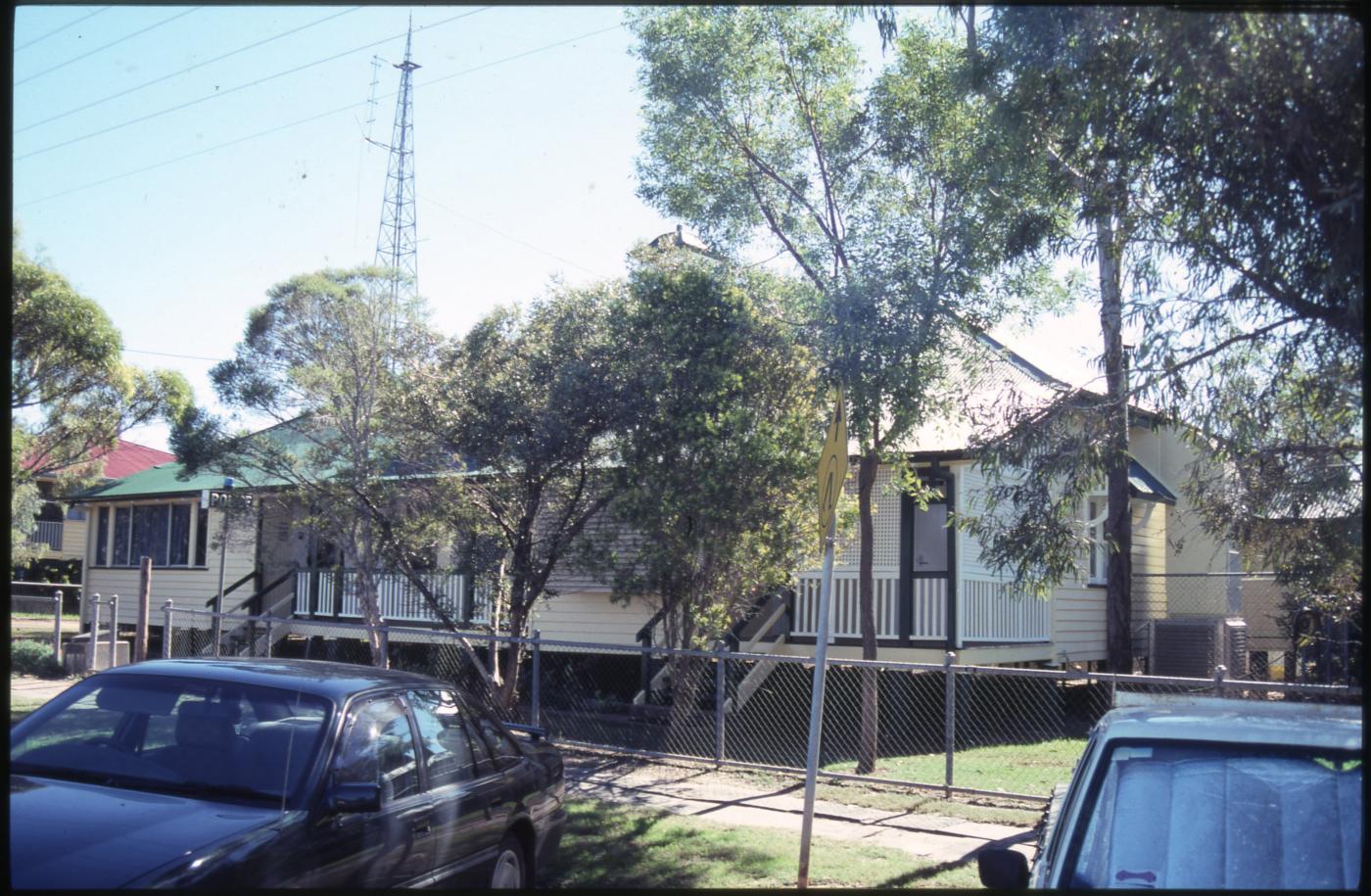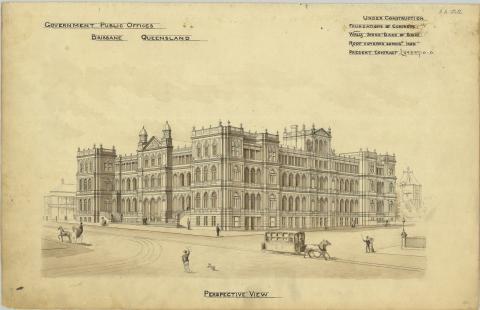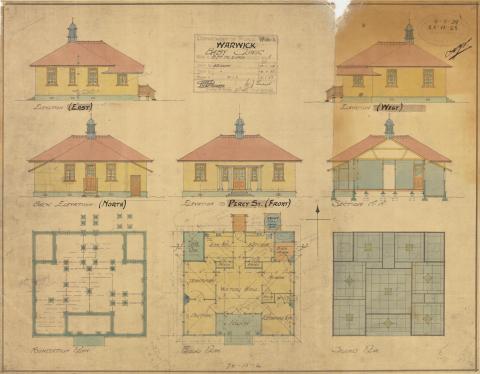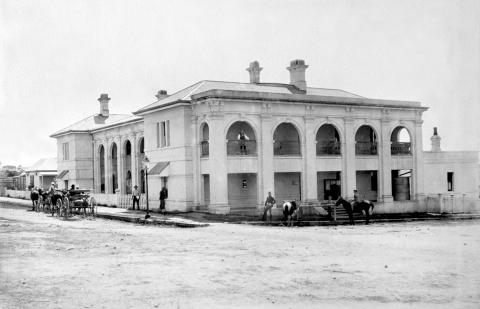
- News of the day
-
TBA
- Background
-
The 1919 Police Station was designed by the office of the Queensland Government Architect. It was a modified E shape, that incorporated climatic design considerations and classical architecture features. A single-storeyed structure, the design separates the official police duties from the residential accommodation. A covered way and garden acts to both link and separate the two buildings and their relative functions. The police barracks are housed in the western building with the offices of the senior sergeant and the sub inspector housed in the eastern building. The design of the barracks indicates the improvement of living conditions for members of the force in comparison with the rudimentary conditions of the late 19th century and early 20th century. It incorporates dormitory, a billiard room, kitchen and cook's room and a generous dining area on the rear verandah. The use of lattice work on the rear verandah ventilated the dining space. The preference for single men as constables is indicated by the dormitory style quarters.
During 1962 there were major additions, alterations and spatial reconfiguration of the Police Buildings. New concrete stumps and weatherboards were installed and a new store was added to the western back corner of the McDowall Street building. The conversion of the police barracks to act only as a police station occurred at this time, the new arrangement of the spaces in the building was associated with this change. New toilets were installed in 1970; a covered work bay was added in 1978; and a tea room in 1979.
A cell block consisting of four cells, each 12 ft by 8 ft facing a verandah, was constructed at the same time as the 1919 Police Station. This building was used for remand of prisoners before trial or awaiting transfer to larger correctional facilities. In 1962, two new cells were added to the building, providing an extra female cell and a female toilet. In the western section of the building, two cells were converted to a charge room and records room; and a male toilet. In 1998 this building was repositioned on the police reserve to accommodate the construction of a new watch house.
Courtesy of Queensland Heritage Register
/148.7839888,-26.5709293,7/450x450@2x.png?access_token=pk.eyJ1IjoicXNhLWRpc2NvLXFsZCIsImEiOiJjamJmdTgyZXEyeWNjMnlxZm8xcmtieHgxIn0.lmT9J5tTPKGuuccQgCVSAg)



